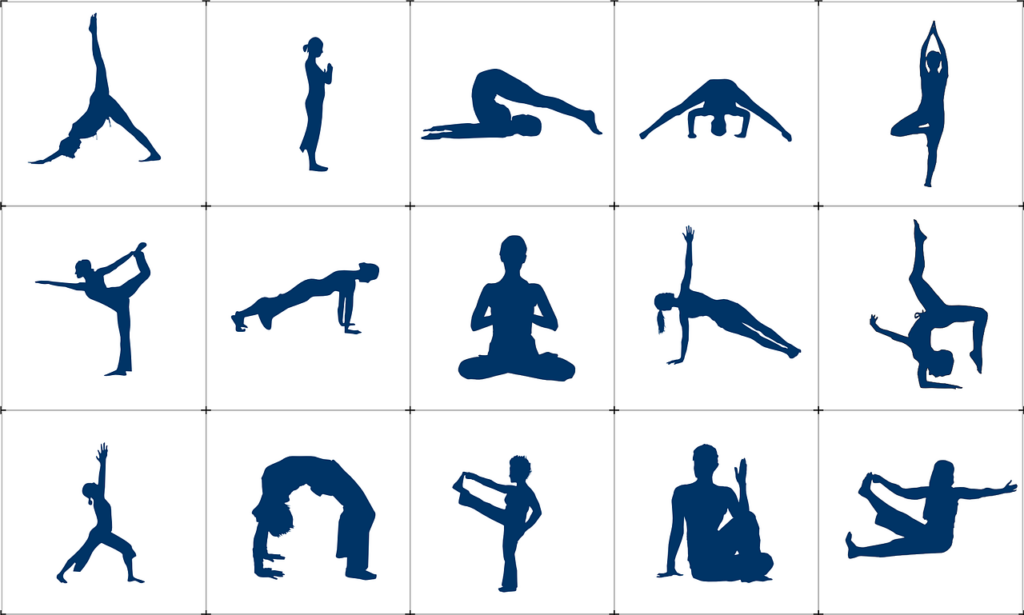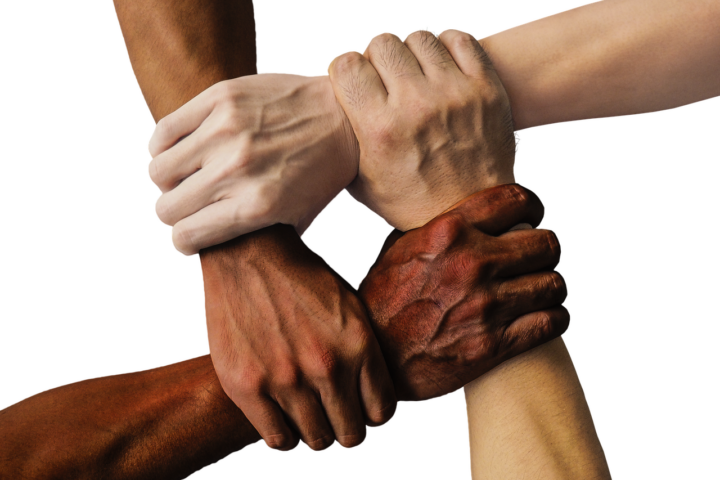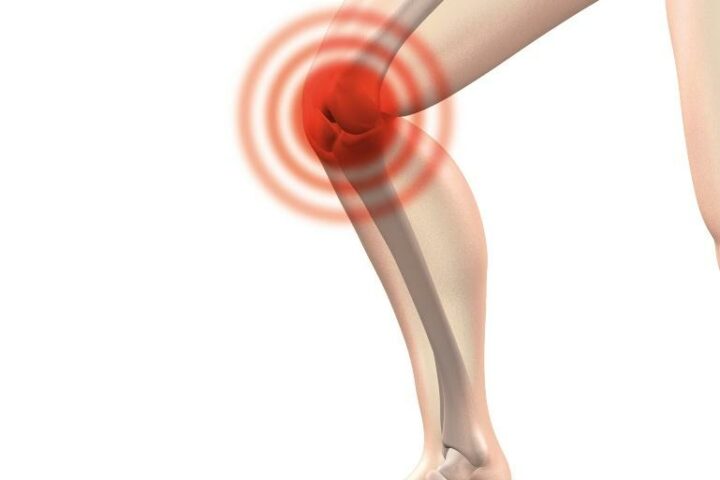Are you doing dynamic stretching or static stretching?
Or even better a combination of both.


Dynamic stretching
Dynamic stretching is a type of mobilization, an active motion bringing stretch to a muscle. This is the best type of activity right before an exercise. In the absence of an injury, our bodies are good at handling one quick stretch to the end range. At some point, repeated loading can cause tearing. So for dynamic stretches, I recommend only a few stretches to any muscle group and then moving to a different group, repeating if needed after a short break. DO NOT REPEATEDLY BOUNCE INTO A STRETCH, bad idea, and more likely to cause tearing. Examples are kicks, lunges, and squats.
Static stretches
Static stretches are held at tension for a period of time. Hold a static stretch gently for 30 seconds. This is long enough to make a change in the structures, but not so long that you start causing damage. Holding for longer than 90 seconds can cause tearing. The muscle being stretched should preferably be relaxed. If it is holding your body weight it is harder to relax. I also prefer one-sided stretches, people are often tighter on one side than the other so stretching both at the same time could be better.
NOTE 1: Be GENTLE! Pulling too hard is the most common mistake. The muscle either moves perfectly freely or does not. At the first point of tension that is where you need to pause and hold. If the muscle relaxes you can move to the next point of tension and hold.
NOTE 2: Three times daily is a good minimum for stretching a tight muscle. There is no maximum, as long as you hold for the 30s, release for at least 30s, and are gentle, you could stretch all day long.
NOTE 3: There is a small measurable decrease in performance after performing a static stretch. For most of us, this is negligible, but if you are about to compete or aiming for a personal record these are best performed 2 hours or more before activity or after you are done.
Why stretch after an activity?
When you are active you should loosen up with motion. Stretching after helps you consolidate these gains. Sometimes using a muscle causes it to tighten. If you follow a stretch routine after exercising you can notice what has tightened and start working to improve it before it gets worse.

If you want to read more about the anatomy of muscles, you can read here.

We can help accelerate the healing process and teach you how to break the cycle of pain returning with use. Contact Beyond Wellness, a network of medical providers located in Virginia. 703.576.5416 or www.mybwdoc.com
Author:
Dr. Martin C. Donnelly, DC, CCEP, CKTP, FAKTR-PM, GRASTON Certified,
Assistant Adjunct Professor of Clinical Sciences University of Bridgeport.
Images were labeled as free use, no attribution was required from Pixabay.




